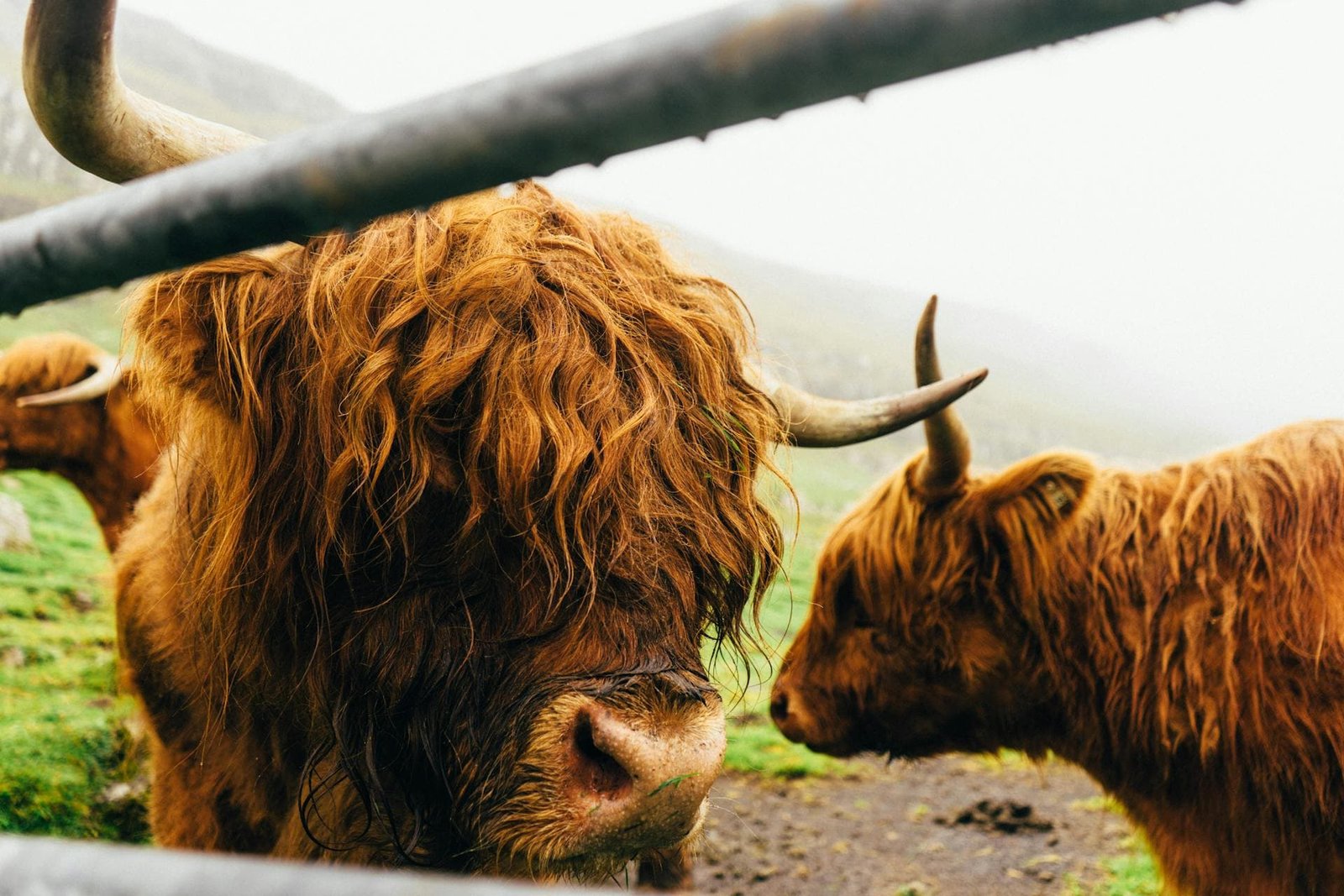TABLE OF CONTENTS
Non Metal Toxicity (Strychnine, Cyanide, Nitrates and Nitrites)
Non Metal Toxicity is mainly caused by Strychnine, Cyanide, Nitrates and Nitrites in livestock animals.
Strychnine
Source
Strychnine is an alkaloid obtained from the Strychnos nuxvomica. Strychnine is used inthe form of baits to control various pets such as squirrels, rats, wild carnivores, rabbits etc. Nux vomica is also used as a bitter principle and stomachic.
Clinical Signs
Clinical signs of strychnine poisoning occur as a result of overflow of efferent nerve impulses to the skeletal muscles and are characterized by hyperesthesia, restlessness, panting, nausea, vomition, frequent defecation and urination, colic convulsions, prostration, stiff gait, extension of limb, ophisthotonus, struggling to rise, vocalization (In dogs, cats etc.) and laboured breathing. Death occurs due to cerebral anoxia.
Treatment
- Pentobarbital sodium (10-20 mg/kg IV or IP) in small animals
- Chloral hydrate (5 gm per 50 kg IV as 6% solution) in large animals
- Diazepam, methocarbamol and xylazine are also effective in sedative does.
- Stomach must by washed out with 1:250 dilution of tincture iodine solution followed by IV infusion of isotonic saline or glucose. Intubation of trachea may be done to facilitate respiration.
Cyanide
Source
Ingestion of cyanogenic glycoside such as Amygdalin In wild cherry and dhurrin in fodder grass like sorghum sudan-grass poisoning in animals.
In addition, cyanide compounds used as rodenticide, fumigants and fertilizers, are the source of poisoning in animals.
Animals may also be poisoned maliciously by cyanide compounds. Cyanide radical inhibit cellular respiratory enzymes binds with the ferric iron and have vasoconstrictor action and reduce blood flow to vital organs.
Clinical Signs
Clinical signs appear within few minutes of ingestion and may vary from mild to severe panting, gasping and violent behavior.
Other prominent signs Include profuse salivation, lacrimation, urination, frequent defecation, severe colic, emesis, muscle tremors, prostration.
Brightness of the mucous membrane, clonic convulsions, and mydriasis.
The death in acute poisoning even some time occur without these clinical signs. Animals die because of respiratory failure followed by cardiac arrest.
Treatment
Sodium nitrite (1%) at 15-25 mg/kg IV in combination of sodium thiosulphate (25%) at 1.25 g/kg body weight is the antidotes of choice for the treatment of cyanide poisoning.
In addition, four litres of vinegar diluted in 10-15 litres of cold water is given orally to prevent hydrolysis of cyanogenic glycosides.
Liquid paraffin can be administered to sooth the irritated mucous membrane of gastro-intestinal tract.
Nitrates and Nitrites
Source
Nitrates are naturally present in soil, ground water, forages, and silages and raw crops. Nitrate or nitrite poisoning in animals occurs after the ingestion of nitrate fertilizers (sodium nitrate, calcium nitrate, ammonium nitrate etc.), nitrate rich crops, drinking of high nitrate containing water or overdosing of sodium nitrate during the treatment of cyanide poisoning.
Nitrite ions produce toxic effect by relaxing the smooth muscle of the blood vessels leading to hypotensive effect. Nitrite ions also oxidize ferrous hemoglobin to ferric from i.e. methemoglobin.
Clinical Signs
Clinical signs appear within few minutes to 4-5 hours depending on the nitrate content ingested and are characterized by the respiratory and GIT disturbance.
They include frequent urination, vomition, bloody diarrhea and colic.
Respiratory insufficiency is characterized by dyspnoea, cyanosis, rapid and weak pulse, chocolate color blood, tremors and convulsions. Death occurs due to anoxia.
Chronic toxicity exhibit loss of body weight, decreased milk production, general weakness, abortion, still births and birth of weak calves.
Treatment
Methylene blue (1%) w/v in isotonic saline, slow i.v. is administrated at the dose of 8.8 mg/kg in ruminates and 4.4 mg/kg in small animals and can be repeated with caution if required.
Blood transfusion and oxygen therapy are helpful.
Saline purgative to empty the GI tract, drinking of 10-15 litres of cold water to reduce conversion of nitrate to nitrite, and soothing agent for GIT (liquid paraffin) and antibiotic therapy are also helpful to animals for rapid recovery.


